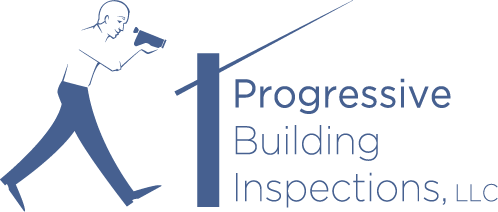Thousands of preventable lung cancer deaths annually in the United States are attributable to indoor residential exposure to radon. At a radon level of 4.0 pCi/L, 7 Out of every 1,000 non-smokers, will get lung cancer. Generally, levels can be brought below 2 pCi/l fairly simply. That is why USEPA and IEMA recommends reducing your radon level if the concentration is 4.0 pCi/L or more. (Illinois Emergency Management Agency)
An Overvew of Radon Measurement
What is Radon?
Radon is a naturally occurring radioactive gas found in soils, rock, and water throughout the United States. As Radon decays it can cling to airborne particles in the air, travel into the lungs, causing lung cancer. Though it is naturally occurring, it is a threat to health since it tends to collect in homes, around a 1,000 times as much indoors as opposed to outdoor levels.
Radon and Health Risks
There is no safe level of radon -- any exposure poses some risk of cancer. The National Academy of Sciences (NAS) estimated that 15,000-22,000 Americans die every year from radon-related lung cancer. This makes radon the second leading cause of lung cancer after smoking.
Radon Testing
You cannot see, feel, smell, or taste radon. Testing your home is the only way to know if you and your family are at risk from radon. EPA and the Surgeon General recommend testing for radon in all homes below the third floor.
Taking Action
The first step is to test your home for radon, and have it fixed if it is at or above EPA's Action Level of 4 pCi/l . Often, buyers can negotiate with sellers to install the mitigation system and retest. You may want to take action yourself if the levels are in the range of 2-4 pCi/l . Generally, levels can be brought below 2 pCi/l fairly simply. When a home-buyer wants to take action on the radon levels in a home we recommend mitigation. Mitigation/radon reduction techniques are used to inhibit radon entry; soil gasses are suctioned out from below the house before they can enter and emitted through the roof.
For more information visit the EPA's website
You can also see a map of radon averages across illinois on IEMA's site (click on your county to see your zip code specific levels)

